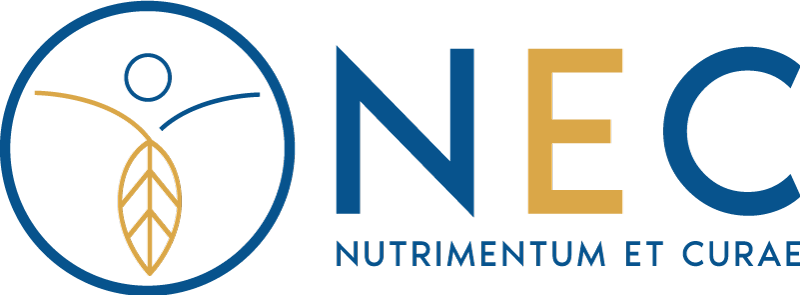Recent research developments in the alcohol use disorder (AUD) field have prompted researchers to invest in novel approaches to evaluate alcohol craving. Neuroendocrine pathways portray activity within the central nervous system (CNS) with potential biomarkers that can be collected safely at the peripheral level. Traditionally, one of the most studied neuroendocrine systems, especially when applied to treating AUD, is the hypothalamus-pituitary-adrenocortical (HPA) axis; however, recently, there has been interest in the gut-liver-brain axis as appetite-related neuroendocrine pathways may affect alcohol craving. This narrative review reports on both preclinical and clinical studies to evaluate ghrelin and insulin as hormonal biomarkers to quantify craving and the recent research on glucagon-like-peptide 1 (GLP-1) receptor agonists, regarding them as potential treatment options for people with AUD. Collecting and measuring those hormones may offer the opportunity to investigate novel ways to investigate alcohol cravings. Those analytical measures could provide clinicians with novel critical information regarding the severity of a patient’s condition and, thus, be able to provide their patients with more personalized and effective treatments.
- Nutr Cur 2025; 04: e158
The article “Fermentative production, comparative characterization with carrots, and functional analysis of β-carotene produced from Rhodotorulla toruloids” by Bahaa Aldeen Abdalrahman Hadi, published in Nutr Cur 2024; 03: e155– Doi: 10.57625/nec.2024.73, has been retracted by the Editor in Chief for the following reasons.
- Bahaa Aldeen Abdalrahman Hadi


